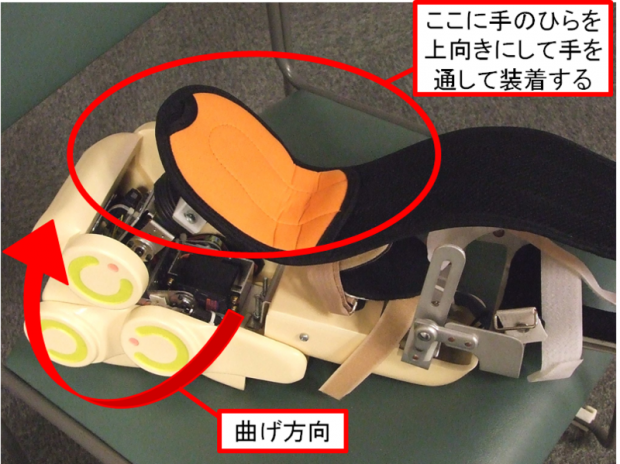It’s always good to see robotics applied to real-life problems. This time, we can show you the brain child of a team of researchers at Japan’s Kinki University (that’s really the name): a robotic rehabilitation device that helps paralyzed stroke victims regain dexterity. Not too surprisingly, the device is attached to the fingers of the patient in question.
Through built-in sensors and a servo motor, the device enables users to perform rehabilitation exercises and helps to move the finger joints of patients. The sensors constantly measure the user’s response to revise the regimen when needed. As all exercises are recorded, patients can use the device at home after getting instructed by doctors.
The current prototype weighs 8kg, with the makers expecting to reduce the weight to up to 700g in the future. According to a recent report in Japanese newspaper The Nikkei, its makers now plan to commercialize the technology after gaining regulatory approval for medical use. The makers aim at offering each unit for $3,600.
Picture credit: Robonable
